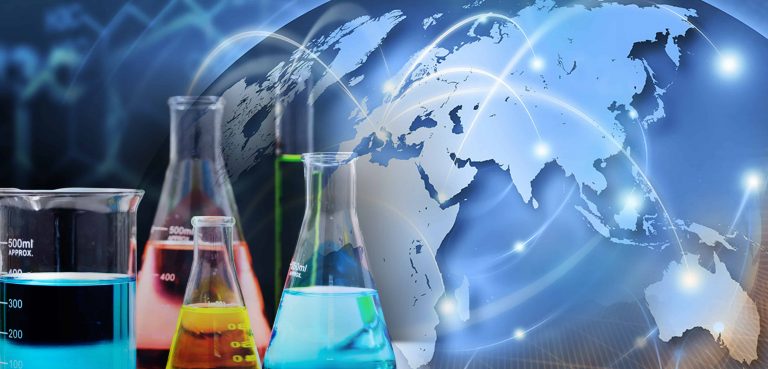GHS linguistic requirement on SDS and Labelling Requirement for different countries in Asia
The GHS or Globally Harmonized System of Classification and labelling of Chemicals is a system created by the UN for the classification of chemicals according to the types of hazard and harmonize communication aspects including labels and safety data sheets.
However, GHS is non-legally binding and thus many countries and regions have their own regulations or standards as to how the GHS should be implemented.
With such a diverse linguistic background in Asia, English, if used, plays only a secondary role. Most countries in Asia have specific language requirements and such requirements if not adhered to specifically, may result in delays of and at worst, the rejection of goods.
Below is a summary of some of the language requirements for labels and SDS across some countries in Asia. It is not an exhaustive list and it is only meant for your information and reference.
China
SDS and Labelling must be presented in a standardised format in Simplified Chinese.
Taiwan
Language on labels: Traditional Chinese should be used as the standard. A foreign language may be used if necessary. Both Chinese and English chemical names should be indicated.
Language on SDS: Traditional Chinese should be used as the standard. Both Chinese and English chemical names should be indicated.
Japan
All SDS and Labelling must be in Japanese. Confidential language is not allowed.
Korea
SDS shall be prepared in Korean in principle, but proper nouns such as chemical name, the name of foreign entities, etc., may be written in English;
SDS prepared in foreign language may not need to be translated into Korean if it is for a reagent which is used solely for test and research in laboratories;
Indonesia
The writing on the labels and SDS must be in Bahasa Indonesian, which may be accompanied by an international language that is used as the official language of the UN.
Malaysia
The SDS must be written both in national language and English language.
Singapore
SDS in Singapore should be in English. If the SDS comes in other language, an English version or translation of it from the chemical manufacturer should be obtained.
Thailand
There is no language requirement provision stated explicitly for SDS and Labelling. However, it is a common industry practice to provide them in Thai.
Vietnam
For labelling, it must be in Vietnamese (Article 10 of GHS Circular). Other language can be present but in smaller font sizes. Certain labeling elements are exempted from the Vietnamese language, which may be provided in English.
For SDS, manufacturers and importers are required to provide a Vietnamese version of the SDS, in addition to the original language (or English-language) version.
*Source: Chemical Inspection & Regulation Service

